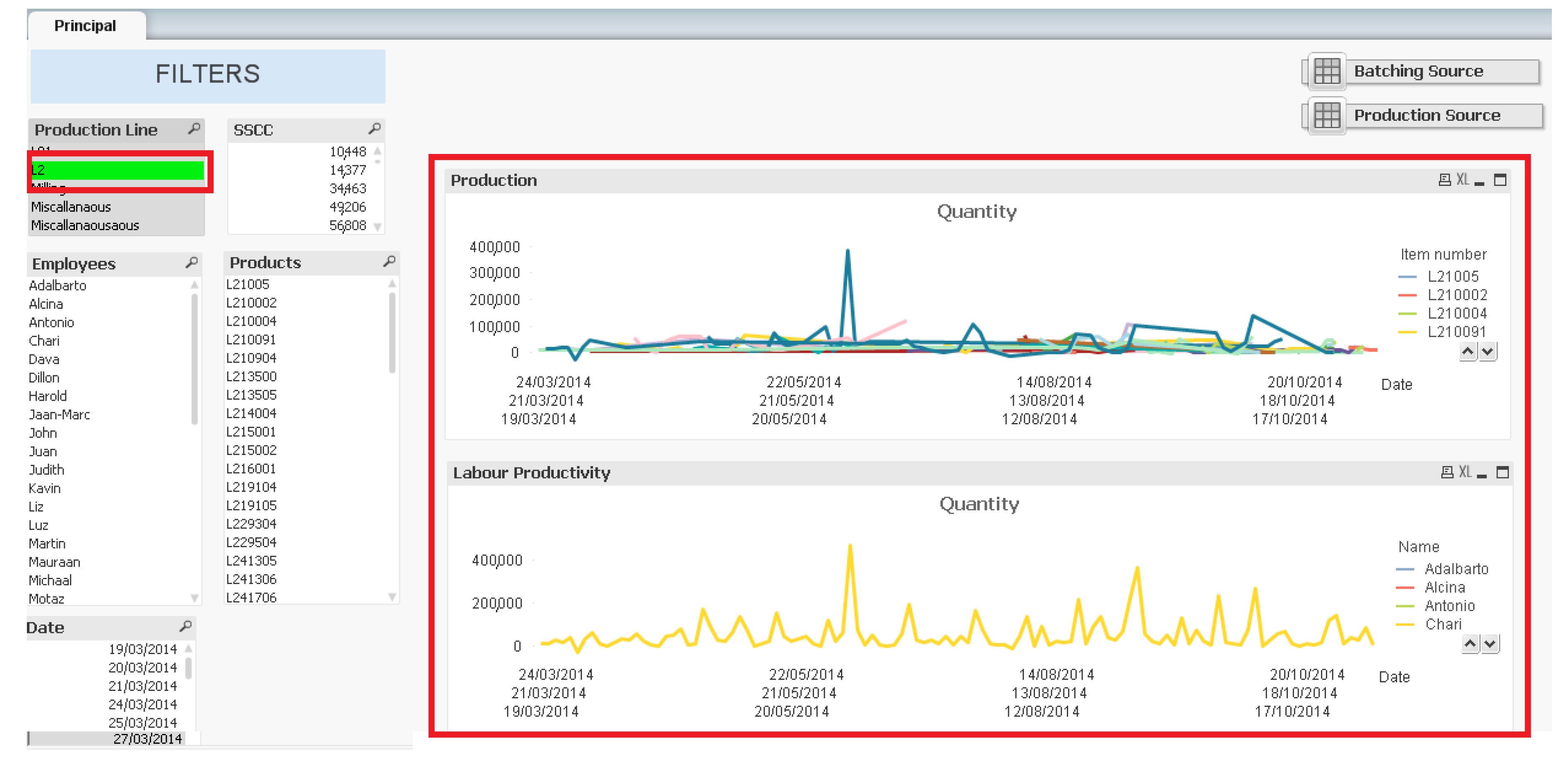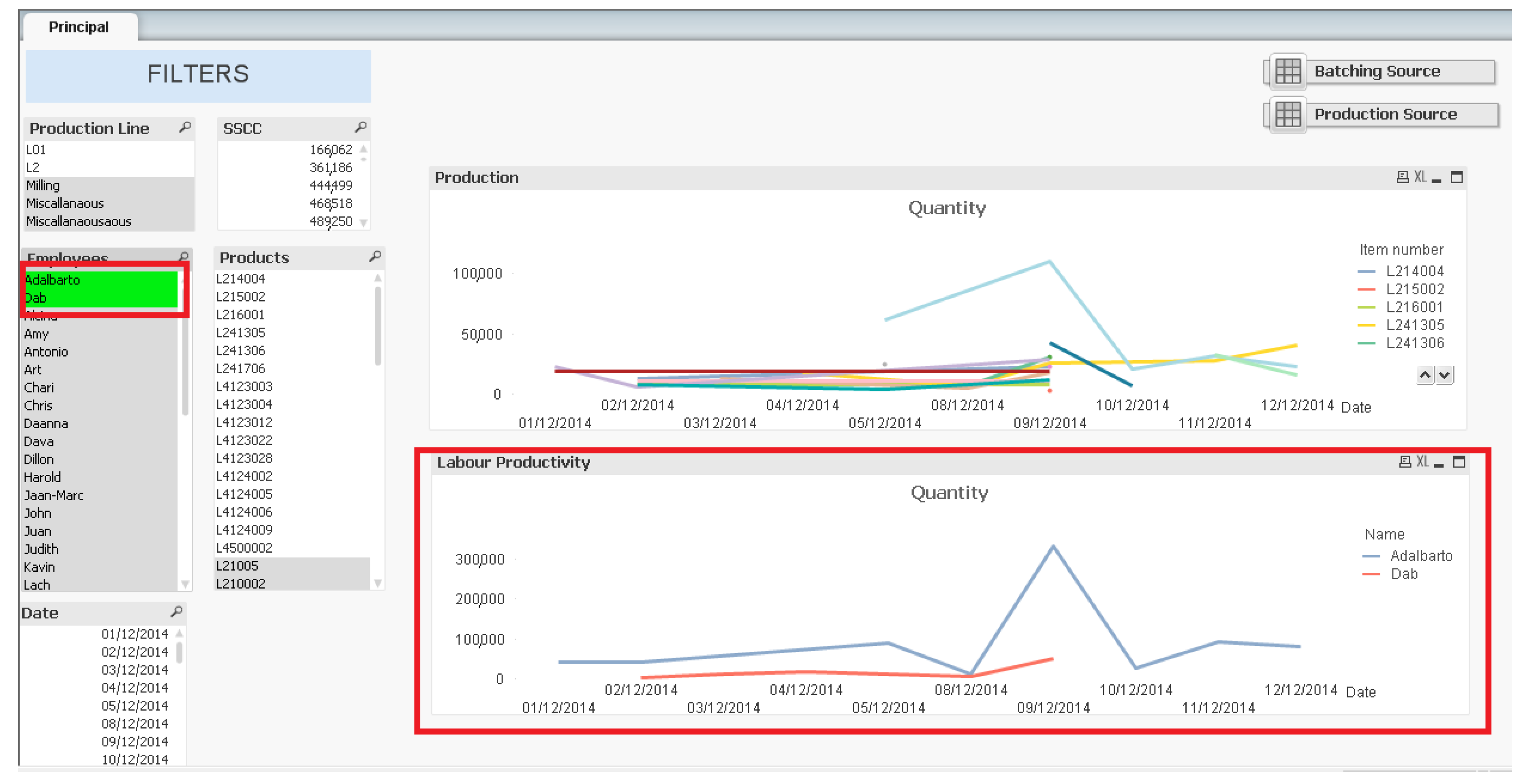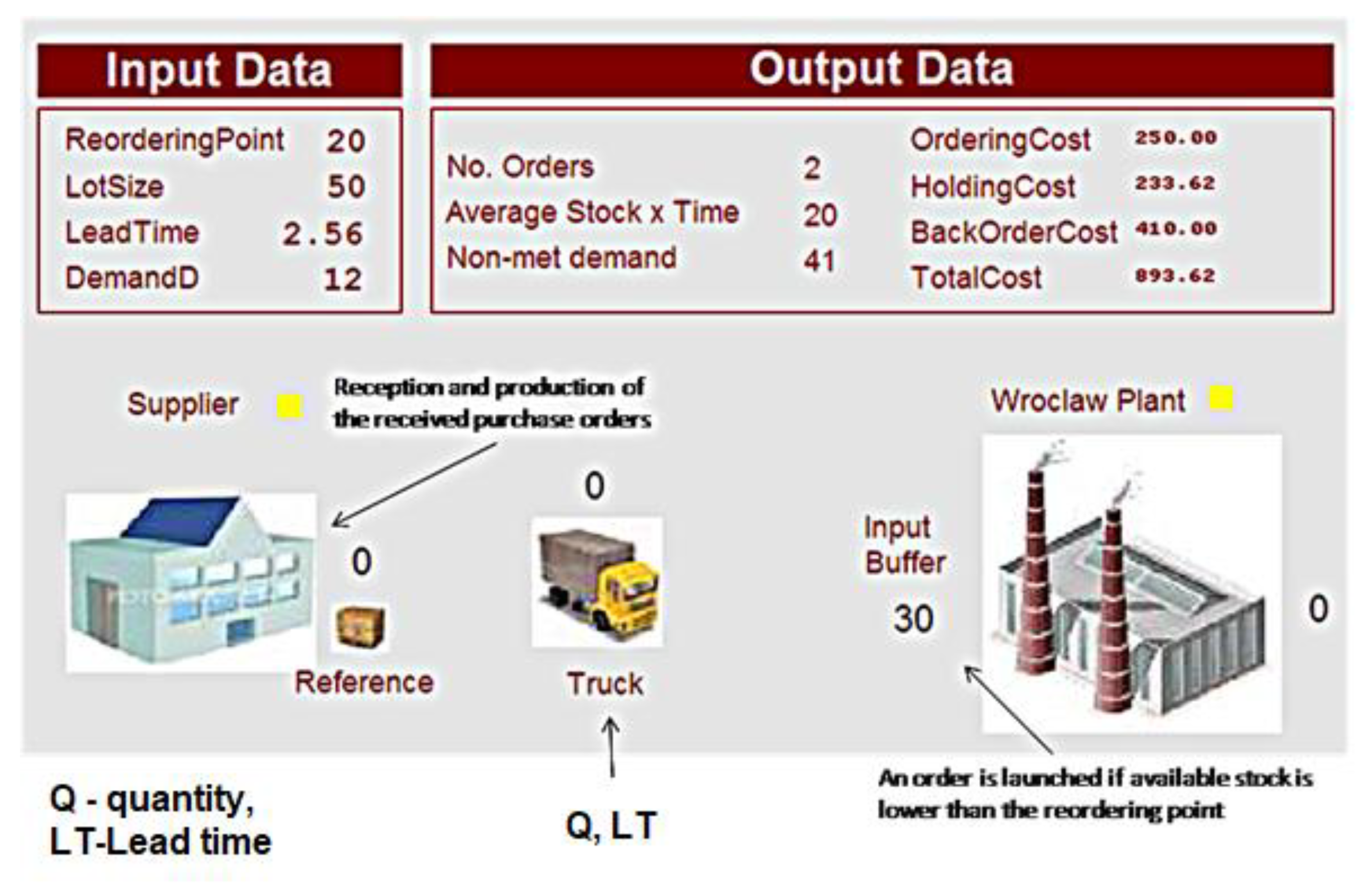Validation of Real Case Solving (RCS) Methodology as an Efficient Engineering Learning Tool
Abstract
1. Introduction
- Theoretical classes to address basic knowledge along with resolution of real cases related to the topic of a particular project.
- Project or problem presentations.
- Seminars given by an expert on the related area.
- Short tests about basic concepts related to the subject.
- A platform to integrate everyone involved in the project, and to exchange information (text, glossaries, videos, etc.). This platform was based on Moodle (http://moodle.org/), an educational resource management platform, which hosts a forum for groups.
- Production of the evaluation methods that will be used to assess the projects, and sharing them with the students.
- Doubt clarification, mostly through tutoring. Professors and lecturers supervising the work on a systematic and periodic basis.
- Surveys, which are carried out along the whole course to track student evolution and to elaborate statistics. Partial results will be taken into account for the approach of the next project.
2. Presentation of the Real Case Solving (RCS) Cases
- Class 1: Technical office.
- Class 2: Management of companies.
- Class 3: Management of processes through Enterprise Resource Planning (ERP) information systems.
- Class 4 and 5: Modeling and simulation of industrial processes (with two different groups).
- Case 1)
- Implementing a Business Intelligence (BI) tool for maximizing the impact of a publication included at JCR list;
- Case 2)
- Implementing a BI tool for obtaining micro and macro Key Performance Indicators (KPIs) for managing the production costs of a business;
- Case 3)
- Obtaining the optimal reordering point of items considering backlog, storage, and ordering cost by the use of simulation techniques; and
- Case 4)
- Optimizing the amount of supermarket cashiers depending on the demand patterns.
- Class 1 developed Case 1,
- Class 2 solved Case 1 as well as Case 2,
- Class 3 implemented Case 2, and finally,
- Class 4 and Class 5 elucidated Cases 3 and 4.
2.1. Case 1: Implementation of a BI Tool for Maximizing the Impact of a Publication
- Areas of knowledge that are more likely to receive more appointments,
- Authors who are more likely to receive more citations, and
- Reviewers who evaluate an article favorably and are likely to obtain articles that will receive more citations afterward.
2.2. Case 2: Implementation of a BI Tool for Obtaining Micro and Macro KPIs for Managing the Production Costs of a Business
- Number of units manufactured in a production line in a certain time interval (see Figure 3):
- The unitary traceability of the products, which allows us to indicate the personnel that generates the product. In Figure 4, the pallet number, also named SSCC, the name of employees who contributed to the production, production line where the product was manufactured, and production date can be shown to trace the product and have the whole history.
- Number of units produced per employee in a certain period of time and thus, labor productivity (see Figure 5).
2.3. Case 3: Optimization of Reordering Points of Items Considering Backlog, Storage, and Ordering Cost
- For the developed RCS, these assumptions were taken into account.
- The logistic lead time—time for a purchase order—was submitted to the arrival of the products related to that order. This was variable, but known (historical data were available, so that information could be integrated into a known distribution).
- The customer demand rate of the client, in other words, the speed that the client consumed buffered products was known (historical data was available, so that information could be integrated into a known distribution).
- The buffer that contained the arriving products had an infinite capacity.
- Each batch of products that were bought jointly had a fixed purchasing order cost.
- Each product had a fixed cost per unit of time for being stored in a buffer.
- A fixed backorder cost was assigned each time a client needed to take a product from the buffer and did not find any products within the buffer.
2.4. Case 4: Optimizing the Amount of Supermarket Cashiers Depending on the Demand Patterns
- The number of customers that came to the mall was calculated by the rate of “customers/hour”, which is different every hour of the day.
- When customers wanted to leave the mall, the supermarket tried to serve them ASAP. As a rule of the supermarket, when there were five customers in line, one additional checkout was opened, but customers could not change their waiting lines once they were already in one.
- The supermarket was open 12 h/day for six days a week. To simplify the model, it was assumed that the supermarket worked non-stop for 72 h per week.
- The availability of boxes was assumed to be unlimited, however, due to software version restrictions, it was simulated with a maximum of seven supermarket checkouts. Each checkout had an associated cashier that would be available 100% of the time.
- To import data and collect results, the model interacted with Excel.
3. Results and Discussion
- Does the lecturer propose stimulating tasks? (STI)
- Does the lecturer stimulate the generation of ideas? (GEN)
- Does the methodology support the autonomy of the student? (AUTO)
- Does the lecturer make students reflect on the learning experience? (LEARN)
4. Concluding Remarks
Author Contributions
Funding
Acknowledgments
Conflicts of Interest
Abbreviations
| RCS | Real Case Solving |
| PBL | Problem Based Learning |
| PjBL | Project Based Learning |
| ERP | Enterprise Resource Planning |
| BI | Business Intelligence |
| JCR | Journal Citation Reports |
| KPI | Key Performance Indicators |
| ER | Entity Relationship |
| SSCC | Pallet number |
| DES | Discrete Event Simulation |
| ANECA | National Agency for Quality Assessment and Accreditation of Spain |
| STI | If the lecturer proposes stimulating tasks |
| GEN | If the lecturer stimulates the generation of ideas |
| AUTO | If the methodology supports the autonomy of the students |
| LEARN | If the lecturer makes think of the learning experience |
| Av. S. | Average degree of the Semester |
| ANOVA | Analysis of variance |
References
- Larmer, J.; Mergendoller, J.; Boss, S. A Proven Approach to Rigorous Classroom Instruction. In Setting the Standard for Project Based Learning; ASCD: Alexandria, VA, USA, 2013; pp. 18–22. [Google Scholar]
- Barrows, H.S.; Tamblyn, R.M. Problem-Based Learning: An. Approach to Medical Education; Springer Publishing Company: New York, NY, USA, 1980; pp. 25–28. [Google Scholar]
- Surif, J.; Ibrahim, H.; Mokhtar, M. Implementation of Problem Based Learning in Higher Education Institutions and Its Impact on Students’ Learning. In Proceedings of the 4th International Research Symposium on Problem-Based Learning, Kuala Lumpur, Malaysia, 2–3 July 2013; pp. 66–73. [Google Scholar]
- Zhang, Y.; Zhou, L.; Liu, X.; Liu, L.; Wu, Y.; Zhao, Z.; Yi, D. The Effectiveness of the Problem-Based Learning Teaching Model for Use in Introductory Chinese Undergraduate Medical Courses: A Systematic Review and Meta- Analysis. PLoS ONE 2015, 10, e0120884. [Google Scholar] [CrossRef] [PubMed]
- Freeman, S.; Eddy, S.L.; McDonough, M.; Smith, M.K.; Okoroafor, N.; Jordt, H.; Wenderoth, M.P. Active learning increases student performance in science, engineering, and mathematics. Proc. Natl. Acad. Sci. USA 2014, 111, 8410–8415. [Google Scholar] [CrossRef] [PubMed]
- Chen, C.H.; Yang, Y.C. Revisiting the effects of project-based learning on students’ academic achievement: A meta-analysis investigating moderators. Educ. Res. Rev. 2019, 26, 71–81. [Google Scholar] [CrossRef]
- Guo, P.; Saab, N.; Post, L.S.; Admiraal, W. A review of project-based learning in higher education: Student outcomes and measures. Int. J. Educ. Res. 2020, 102, 101586. [Google Scholar] [CrossRef]
- Harun, N.F.; Yusof, K.M.; Jamaludin, M.Z.; Hassan, S.A.H.S. Motivation in Problem-based Learning Implementation. Procedia Soc. Behav. Sci. 2012, 56, 233–242. [Google Scholar] [CrossRef]
- Sada, A.; Mohd, Z.; Adnan, A.; Audu, R. Effects of problem-based learning in teaching and learning of technical and vocational education and training. Int. J. Sci. Res. Publ. 2015, 5, 712–713. [Google Scholar]
- Zaman, U.; Nawaz, S.; Nadeem, R.D. Navigating Innovation Success through Projects. Role of CEO Transformational Leadership, Project Management Best Practices, and Project Management Technology Quotient. J. Open Innov. Technol. Mark. Complex. 2020, 6, 168. [Google Scholar] [CrossRef]
- Jabarullah, N.H.; Hussain, H.I. The effectiveness of problem-based learning in technical and vocational education in Malaysia. Educ. Train. 2019, 61, 552–567. [Google Scholar] [CrossRef]
- Gal, B.; Rubio, M.; Iglesias, E.; González, P. Evaluation of participatory teaching methods in undergraduate medical students’ learning along the first academic courses. PLoS ONE 2018, 13, e0190173. [Google Scholar] [CrossRef] [PubMed]
- Caldwell, S.B.; Gedeon, T.D. Boldly Going where no Higher Educators Have Gone Before: A Review of the 1st International Conference on Higher Education Advances, Valencia, Spain. Procedia Soc. Behav. Sci. 2016, 228, 348–355. [Google Scholar] [CrossRef]
- Ampuero-Canellas, O.; Gonzalez-Del-Rio, J.; Jorda-Albinana, B.; Rojas-Sola, J.; Eric, J.I. Developing Learning Strategies Based on Research Projects. US-China Educ. Rev. A 2011, 2, 162–169. [Google Scholar]
- Trkman, P.; Mccormack, K.; Valadares De Oliveira, M.P.; Ladeira, M.B. The impact of business analytics on supply chain performance. Decis. Support Syst. 2010, 49, 318–327. [Google Scholar] [CrossRef]
- Sutopo, W.; Aqidawati, E.F. Learning a Supply Chain Management Course by Problem Based Learning: Case Studies in the Newspaper Industry. In Proceedings of the International Conference on Industrial Engineering and Operations Management, Bangkok, Thailand, 5–7 March 2019. [Google Scholar]
- Rodrigues, A.N.; dos Santos, S.C. A framework for applying problem-based learning to Computing Education. In Proceedings of the 2016 IEEE Frontiers in Education Conference (FIE), Erie, PA, USA, 12–15 October 2016; pp. 1–7. [Google Scholar]
- Bessa, B.R.; Santos, S.; Duarte, B.J. Toward effectiveness and authenticity in PBL: A proposal based on a virtual learning environment in computing education. Comput. Appl. Eng. Educ. 2019, 27, 452–471. [Google Scholar] [CrossRef]
- Noor, N.A.M.; Alias, A.; Ariffin, K.; Bhkari, N.M.; Hashim, A.H.A. Employing the Problem-Based Learning Approach in Civil Engineering Education: The Highway Engineering Experience. In Proceedings of the Second International Conference on the Future of ASEAN (ICoFA) 2017-Volume 1; Mat, N.A., Mohd, Z.Z., Muhamad, N.S., Eds.; Springer: Singapore, 2019; pp. 519–528. [Google Scholar]
- Zhang, J.; Xie, H.; Li, H. Improvement of students problem-solving skills through project execution planning in civil engineering and construction management education. Eng. Constr. Archit. Manag. 2019, 26, 1437–1454. [Google Scholar] [CrossRef]
- Caldwell, E. The Project Based Learning Combined with Problem Solving Based Learning in Industrial Engineering Programs. In Proceedings of the International Conference on Industrial Engineering and Operations Management, Bangkok, Thailand, 5–7 March 2019. [Google Scholar]
- Fernández-Ceniceros, J.; Sanz-García, A.; Antoñanzas-Torres, F.; Alía-Martínez, M.; Pernía-Espinoza, A. Microproject-based teaching/learning methodology focused on emerging technologies and international entities cooperation. In Proceedings of the 1st International Conferenceon Higher Education Advances, Valencia, Spain, 24–26 June 2015; Volume 6, pp. 311–318. [Google Scholar]
- Goti, A.; De la Calle, A.; Oyarbide-Zubillaga, A.; Alberdi, E.; Torres, B.; Bacigalupe, A.; Unanue, I. Implementation of a Business Intelligence tool at DYNA journal for the analysis and improvement of its Impact Factor. DYNA Ing. Ind. 2020, 95, 482–486. [Google Scholar]
- Parenteau, J.; Sallam, R.L.; Howson, C.; Tapadinhas, J.; Schlegel, K.; Oestreich, T.W. Magic Quadrant for Business Intelligence and Analytics Platforms, Gartner Research Notes. 2016, p. 82. Available online: https://www.gartner.com/en/documents/3200317/magic-quadrant-for-business-intelligence-and-analytics-p (accessed on 18 November 2018).
- Shukla, A.; Dhir, S. Tools for Data Visualization in Business Intelligence: Case Study Using the Tool Qlikview. In Proceedings of the third International Conference on Information Systems Design and Intelligent Applications, Visakhapatnam, India, 8–9 January 2016; pp. 319–326. [Google Scholar]
- Kerschberg, B. How Big Data and Business Intelligence are changing the manufacturing industry. Available online: https://hub.appirio.com/cloud-powered-blog/how-big-data-and-business-intelligence-are-changing-the-manufacturing-industry (accessed on 7 January 2020).
- Goti, A.; De la Calle, A.; Gil, M.J.; Errasti, A.; Uradnicek, J. Aplicación de un sistema Business Intelligence en un contexto Big Data de una empresa industrial alimentaria. DYNA 2017, 92, 347–353. [Google Scholar] [CrossRef]
- Goti, A.; Garcia-Sanchez, A.; Ortega-Mier, M.; Uradnicek, J. Optimization of reordering points: Realistic solution to an extensively studied, but poorly solved problem. DYNA 2010, 85, 473–479. [Google Scholar]
- Narasimhan, R.; Swink, M.; Wook Kim, S. Disentangling leanness and agility: An empirical investigation. J. Oper. Manag. 2016, 24, 440–457. [Google Scholar] [CrossRef]
- Oyarbide-Zubillaga, A.; Goti, A.; Sanchez, A. Preventive maintenance optimization of multi-equipment manufacturing systems by combining discrete event simulation and multiobjective evolutionary algorithms. Prod. Plan. Control. 2008, 19, 342–355. [Google Scholar] [CrossRef]
- Melachrinoudis, E.; Olafsson, M. A microcomputer cashier scheduling system for supermarket stores. Int. J. Phys. Distrib. Logist. Manag. 1995, 25, 34–50. [Google Scholar] [CrossRef]
- Yun, J.J.; Kim, D.; Yan, M.R. Open Innovation Engineering—Preliminary Study on New Entrance of Technology to Market. Electronics 2020, 9, 1–10. [Google Scholar]







| Class 1 | Class 2 | Class3 | Class 4 | Class 5 | ||||||
|---|---|---|---|---|---|---|---|---|---|---|
| Av. S. | RCS Subj. | Av. S. | RCS Subj. | Av. S. | RCS Subj. | Av. S. | RCS Subj. | Av. S. | RCS Subj. | |
| STI | 336 | 4.17 | 3.75 | 3.25 | 3.76 | 4.22 | 3.50 | 3.65 | 3.28 | 4.55 |
| GEN | 3.39 | 4.00 | 3.51 | 3.82 | 3.75 | 4.22 | 3.43 | 3.59 | 3.52 | 4.09 |
| AUTO | 3.28 | 4.33 | 3.58 | 3.43 | 3.67 | 4.22 | 3.30 | 3.54 | 3.33 | 4.33 |
| LEARN | 3.35 | 4.25 | 3.36 | 3.53 | 3.52 | 4.33 | 3.36 | 3.81 | 3.29 | 4.55 |
Publisher’s Note: MDPI stays neutral with regard to jurisdictional claims in published maps and institutional affiliations. |
© 2020 by the authors. Licensee MDPI, Basel, Switzerland. This article is an open access article distributed under the terms and conditions of the Creative Commons Attribution (CC BY) license (http://creativecommons.org/licenses/by/4.0/).
Share and Cite
Goti, A.; Akyazi, T.; de la Calle, A.; Oyarbide-Zubillaga, A.; Alberdi, E. Validation of Real Case Solving (RCS) Methodology as an Efficient Engineering Learning Tool. J. Open Innov. Technol. Mark. Complex. 2020, 6, 198. https://doi.org/10.3390/joitmc6040198
Goti A, Akyazi T, de la Calle A, Oyarbide-Zubillaga A, Alberdi E. Validation of Real Case Solving (RCS) Methodology as an Efficient Engineering Learning Tool. Journal of Open Innovation: Technology, Market, and Complexity. 2020; 6(4):198. https://doi.org/10.3390/joitmc6040198
Chicago/Turabian StyleGoti, Aitor, Tugce Akyazi, Alberto de la Calle, Aitor Oyarbide-Zubillaga, and Elisabete Alberdi. 2020. "Validation of Real Case Solving (RCS) Methodology as an Efficient Engineering Learning Tool" Journal of Open Innovation: Technology, Market, and Complexity 6, no. 4: 198. https://doi.org/10.3390/joitmc6040198
APA StyleGoti, A., Akyazi, T., de la Calle, A., Oyarbide-Zubillaga, A., & Alberdi, E. (2020). Validation of Real Case Solving (RCS) Methodology as an Efficient Engineering Learning Tool. Journal of Open Innovation: Technology, Market, and Complexity, 6(4), 198. https://doi.org/10.3390/joitmc6040198





